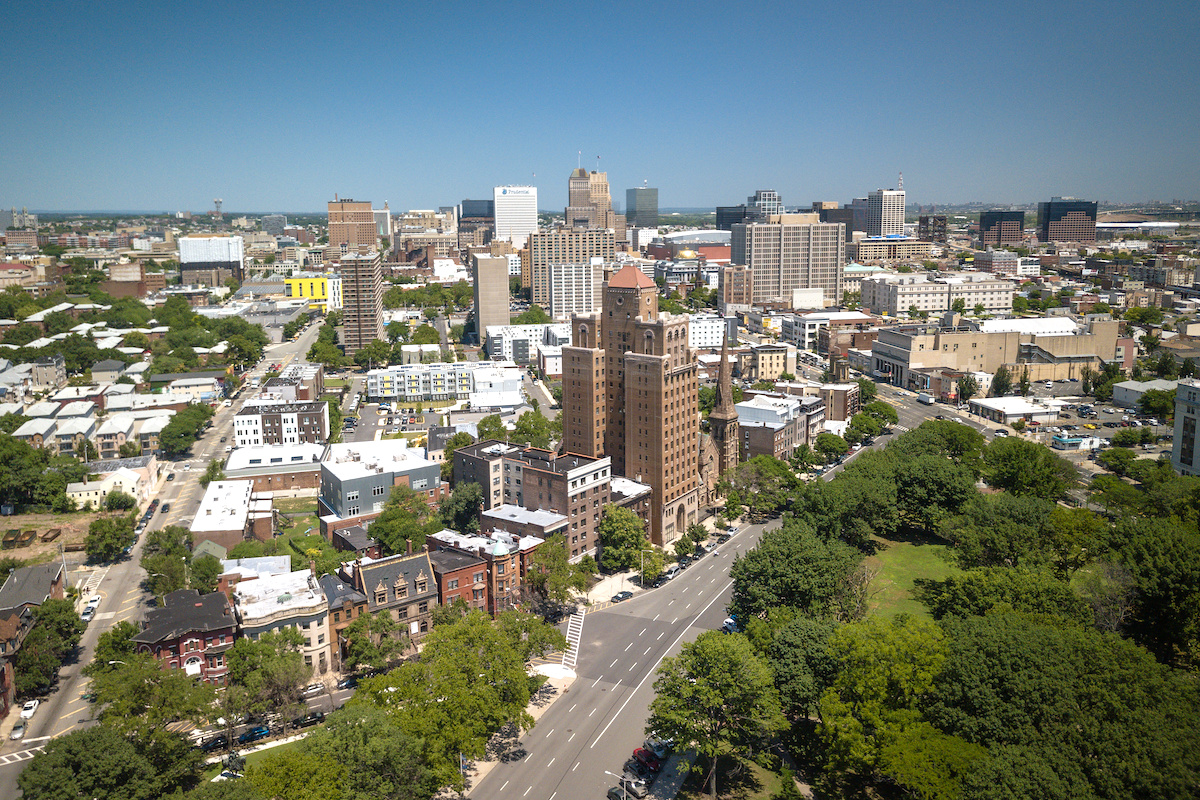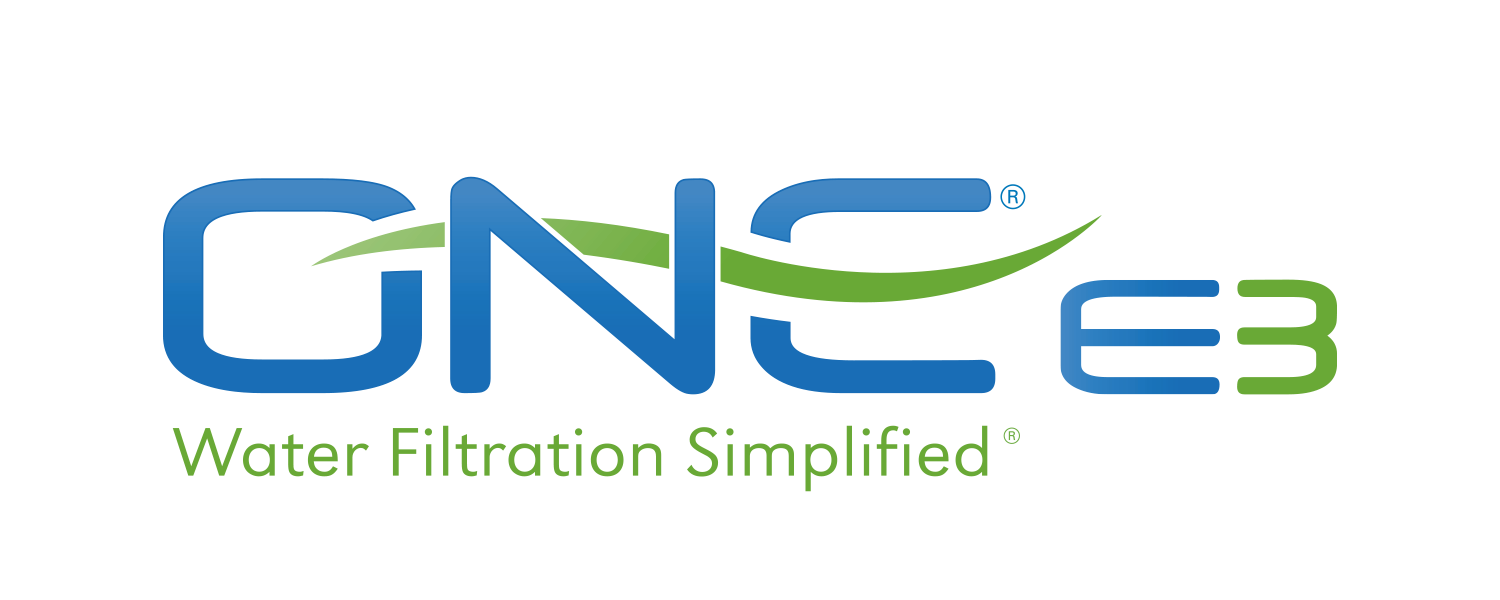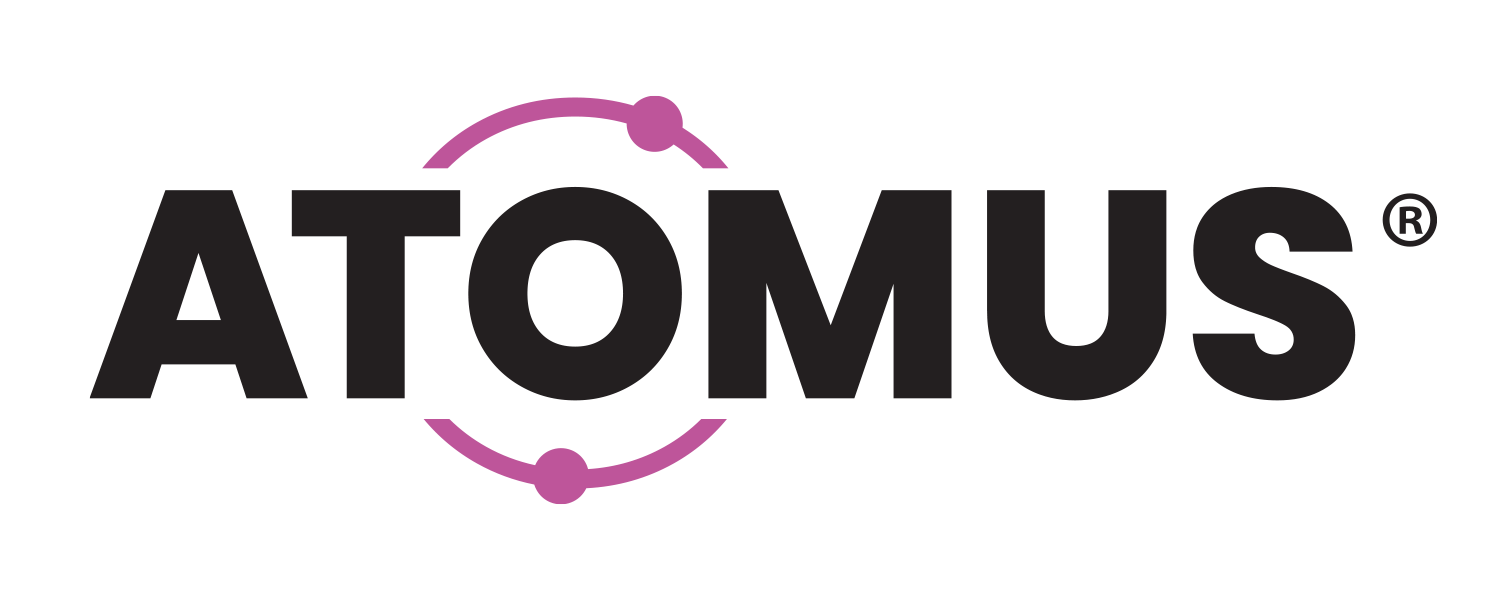According to this recent report from ABC News, the water filters that were distributed by the city of Newark to residents as a result of lead contamination in the city’s water supply may not be working effectively. Tests conducted by the Environmental Protection Agency (EPA) found lead levels above the federal drinking water standards of 15 parts per billion (ppb) in two out of three homes using the filters.
In response to a lead crisis with its drinking water that started nearly three years ago, Newark handed out 38,000 PUR water filters to residents to make their water safe to consume by reducing the presence of lead. It’s now under question whether those filters are doing their job. PUR makes point-of-use (POU) filters designed to be attached to a single faucet, as well as water pitcher filters (the article does not state specifically what types of filters residents received).
In this joint statement, the governor of New Jersey and the major of Newark said they were “prepared to do everything the City needs, including making bottled water available to local residents”. They also noted that additional testing of filtered water in more Newark homes was necessary to help them better assess the situation. Speaking at a press conference, Newark Mayor Ras Baraka also encouraged residents to flush their water for five minutes before using the filters (a practice that some studies have questioned).
While the city works to overcome the cost and time challenges of replacing old lead pipes—of which the ABC News articles notes some are over 100 years old—ineffective water filters could create a new challenge. Perhaps Newark might want to consider turning to point-of-entry (POE) water filters as a more effective temporary solution to the lead problem?



